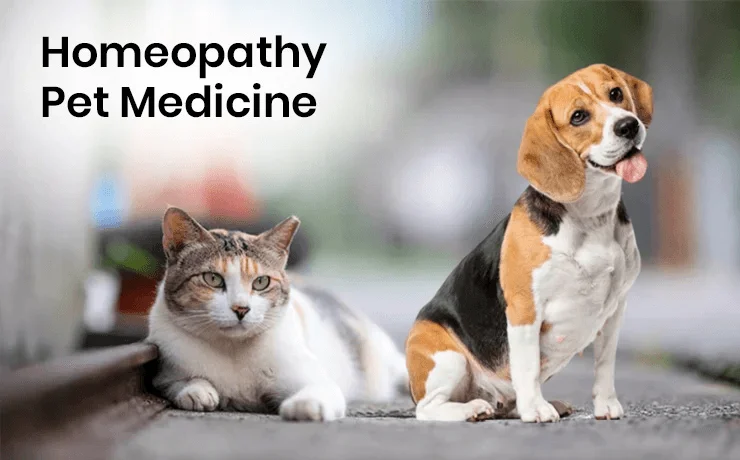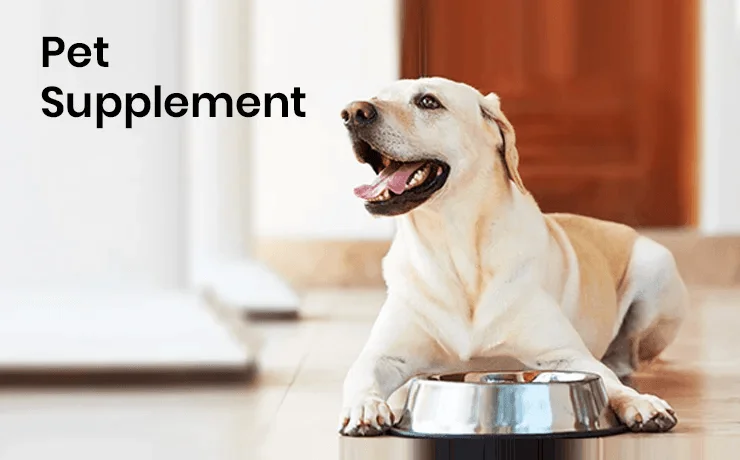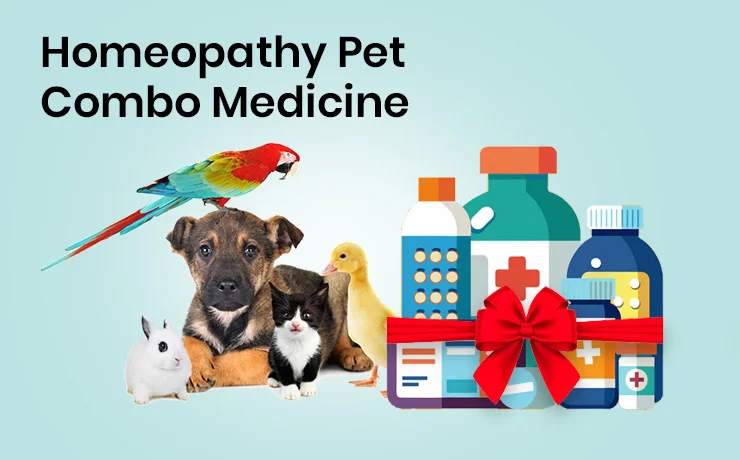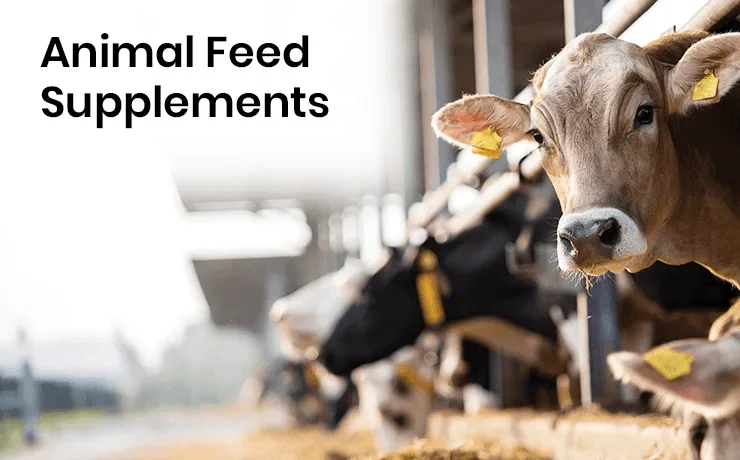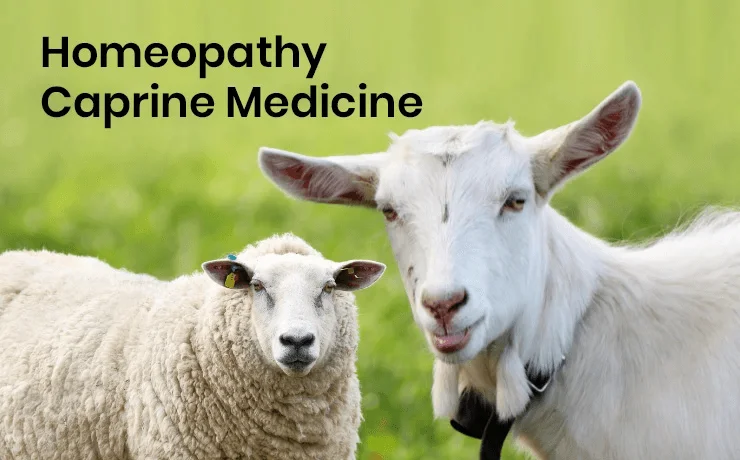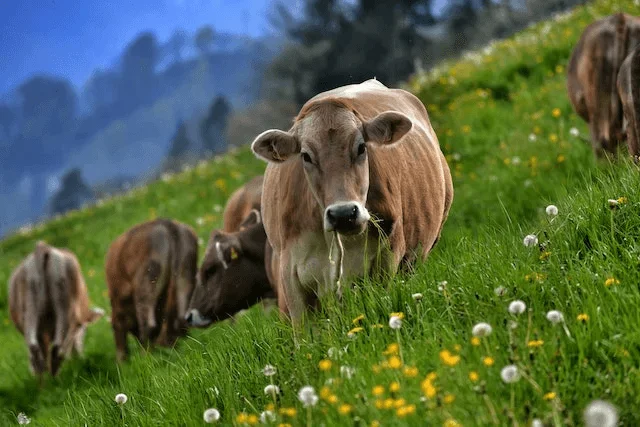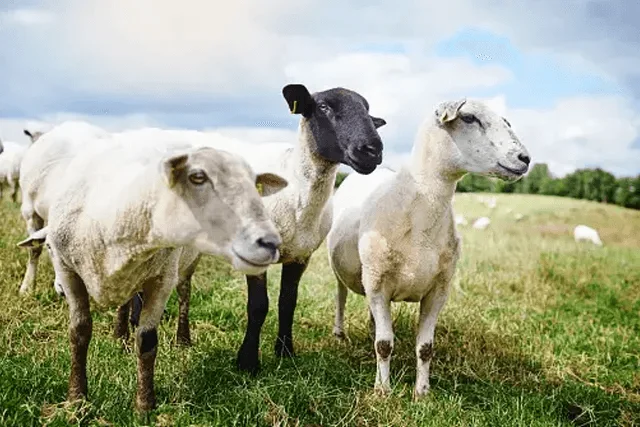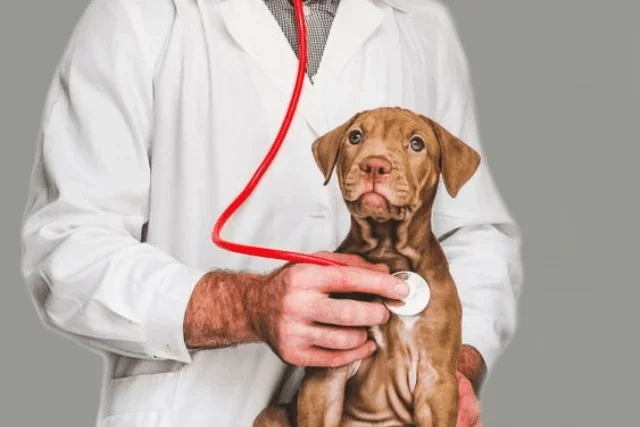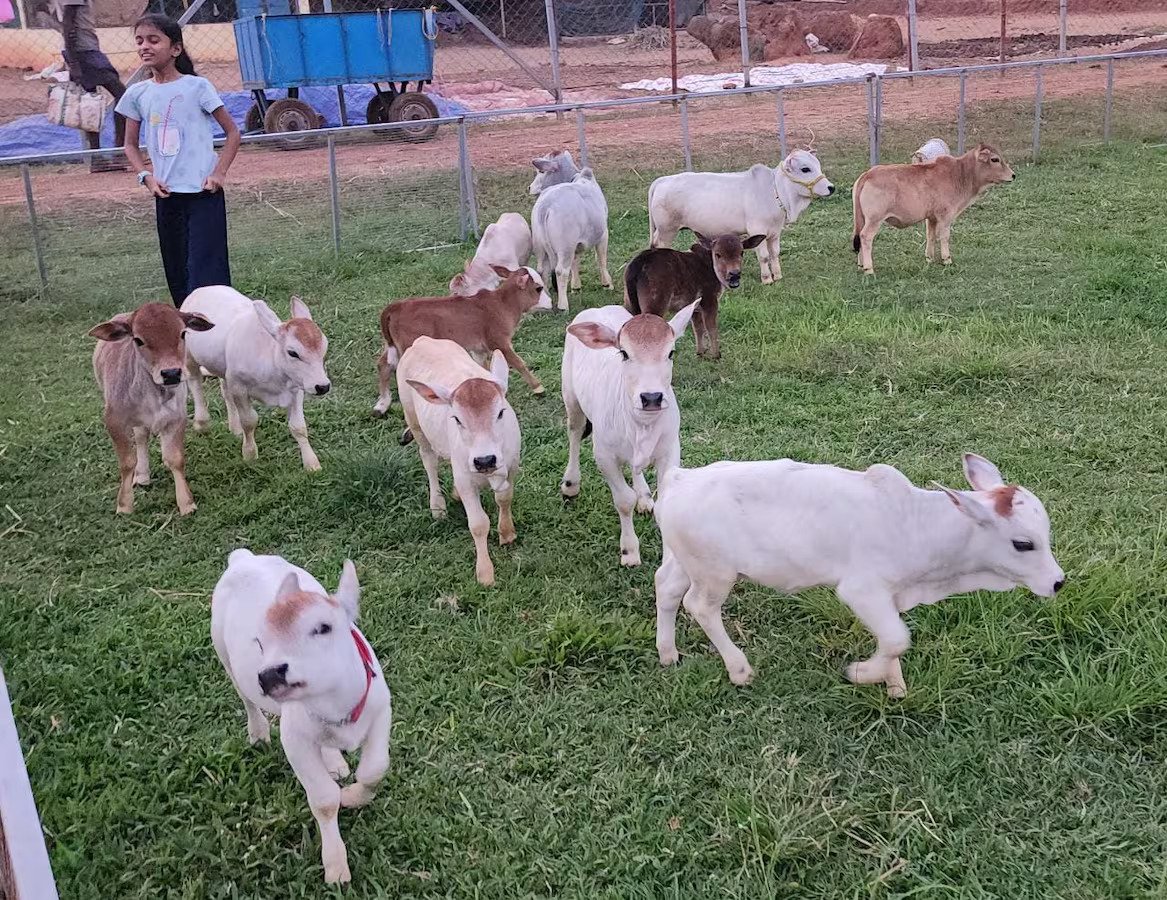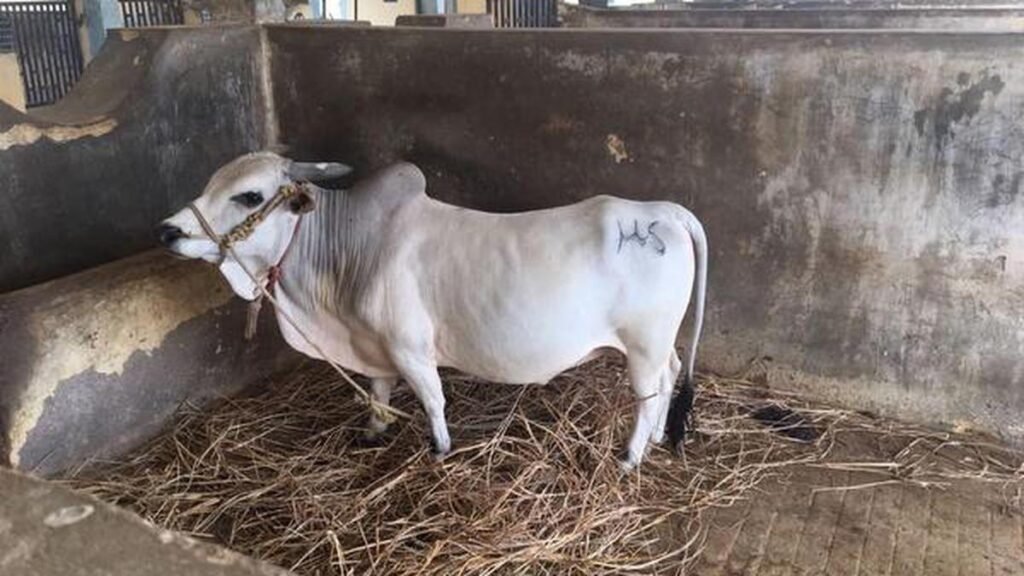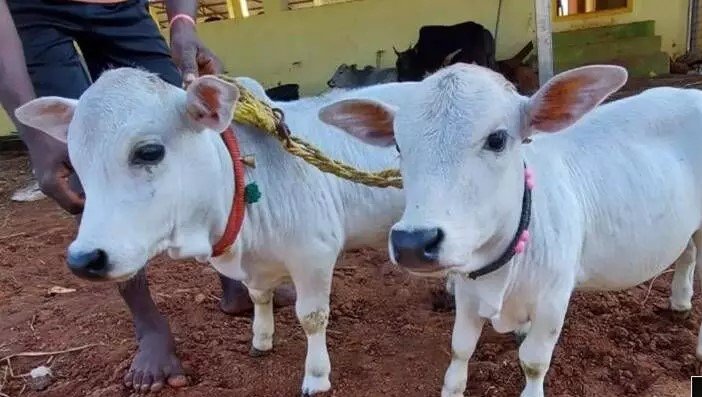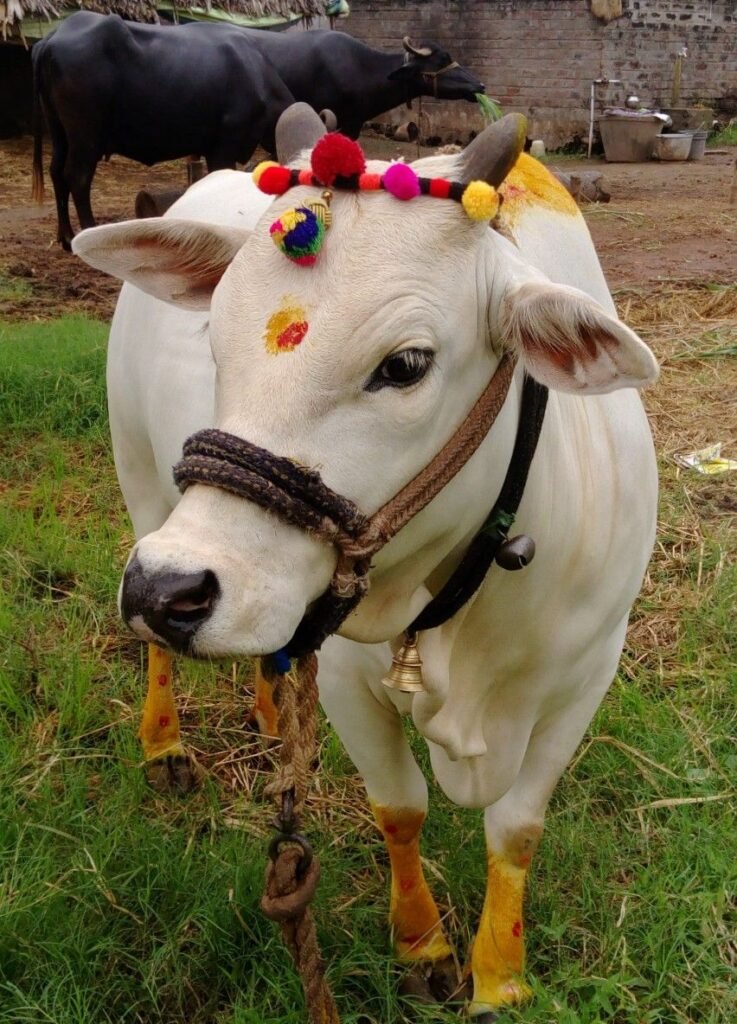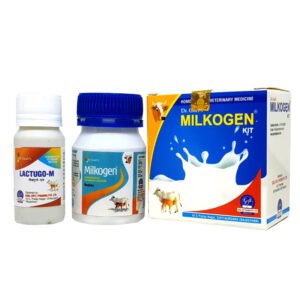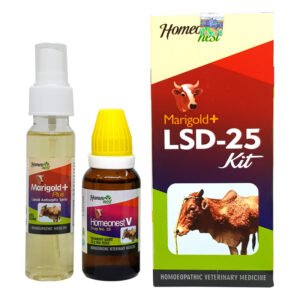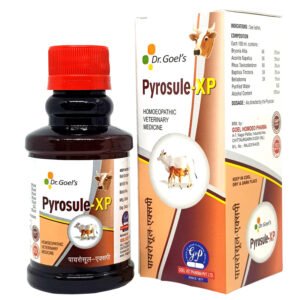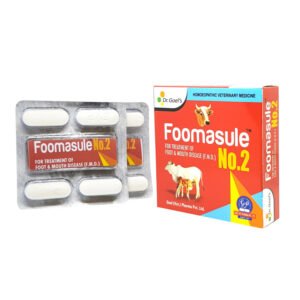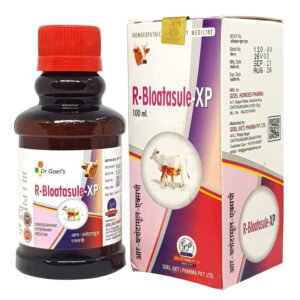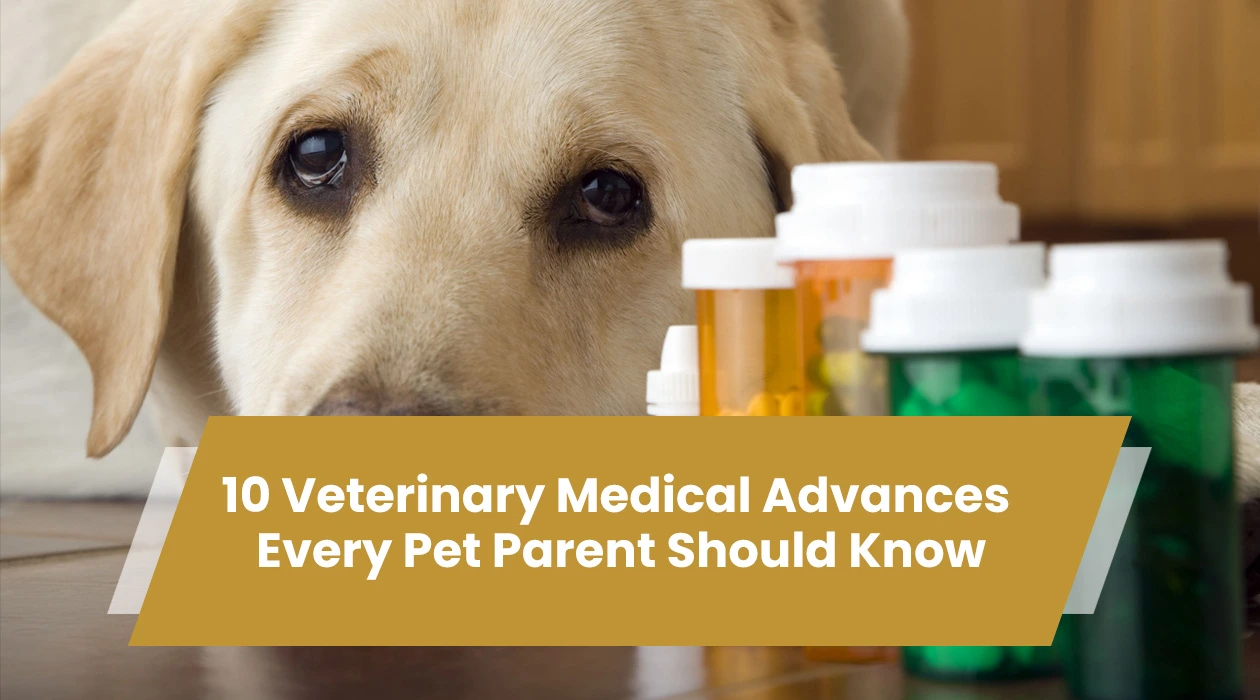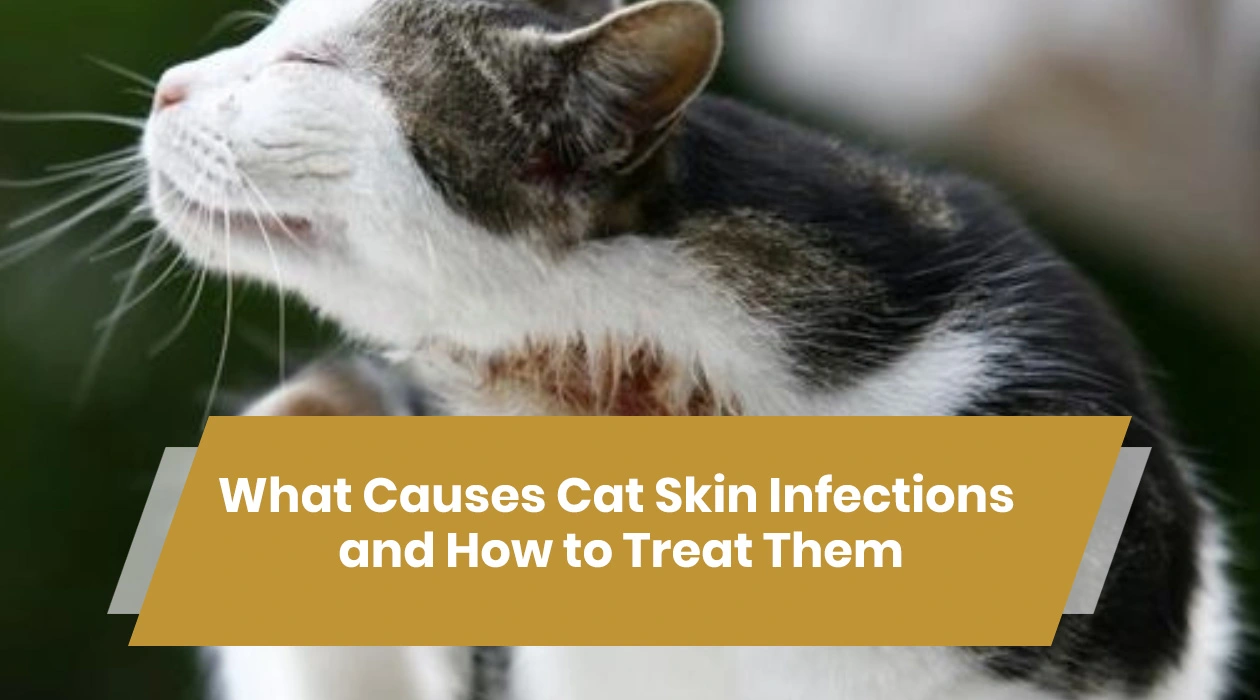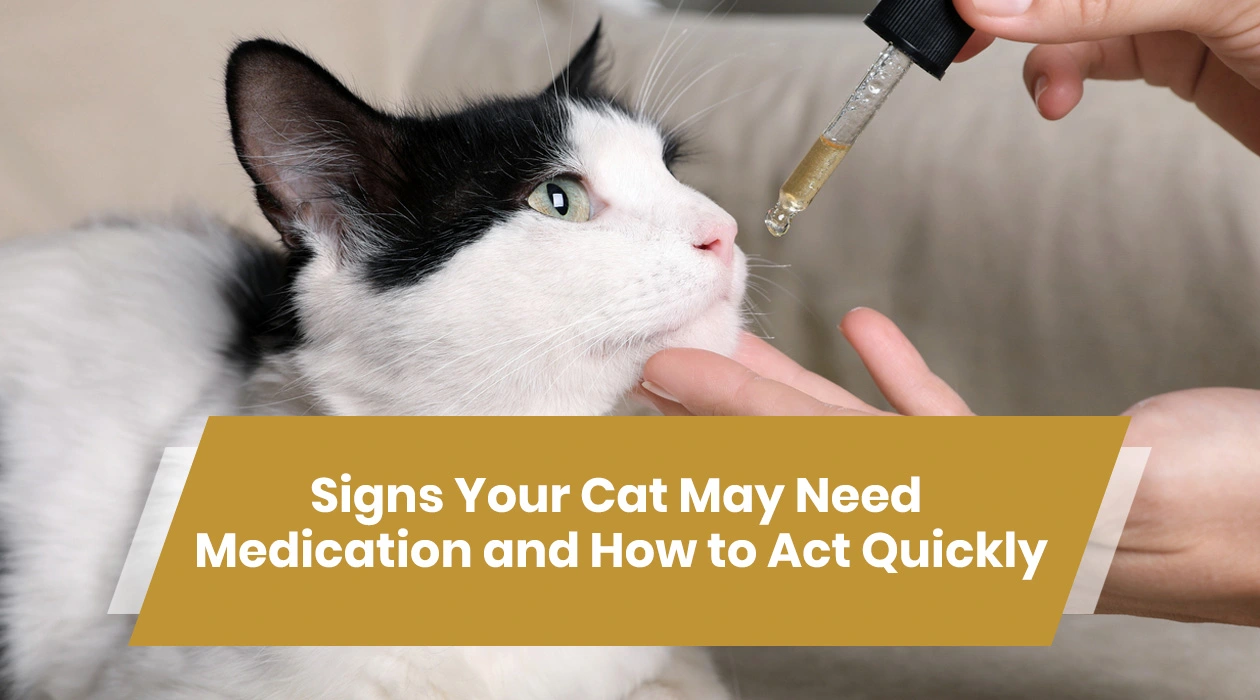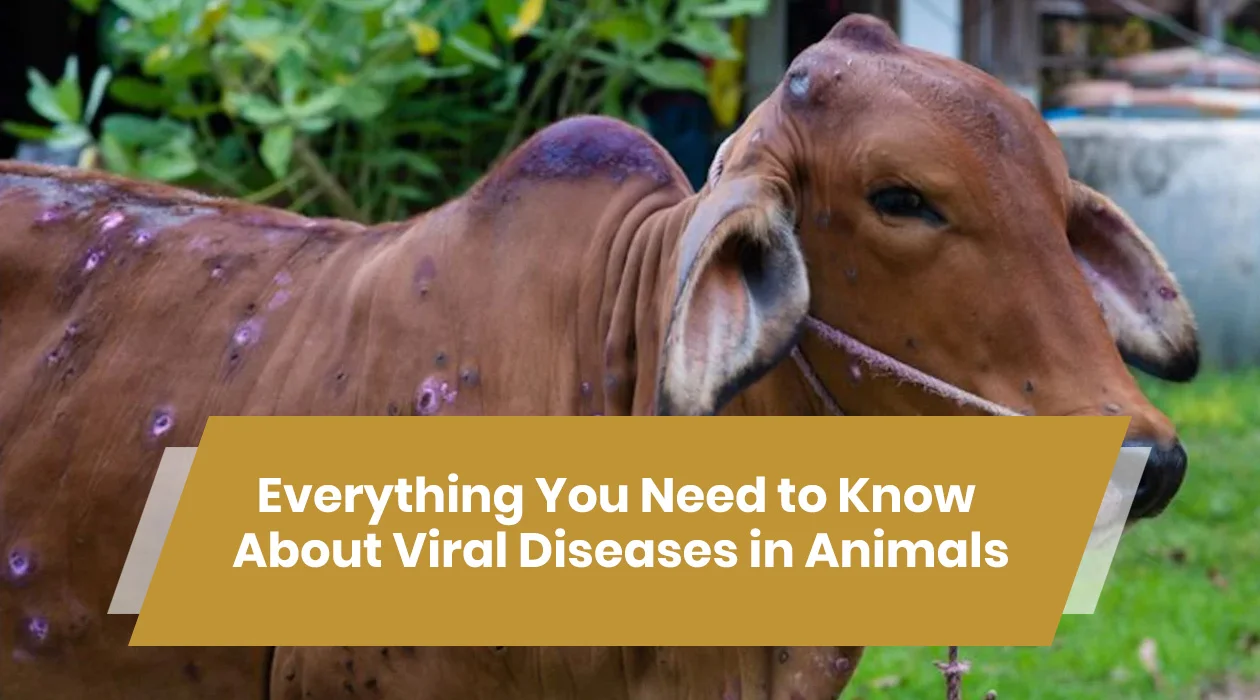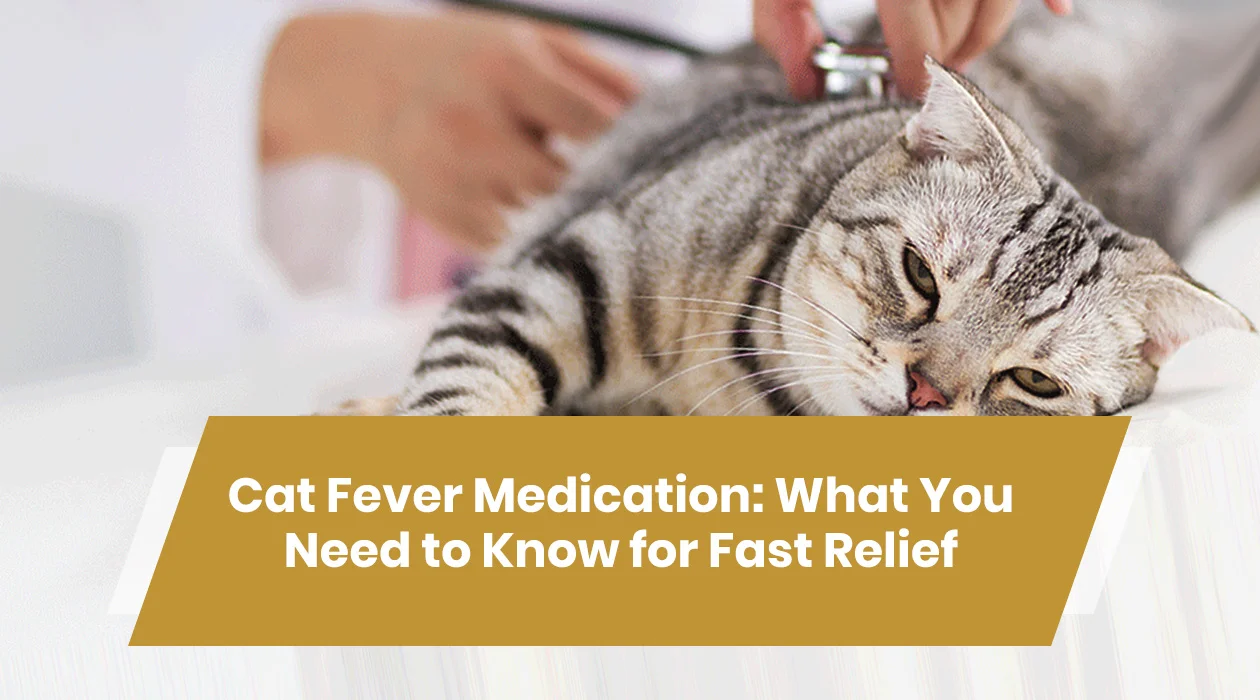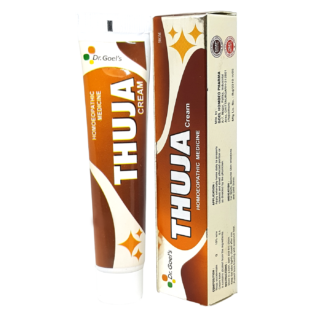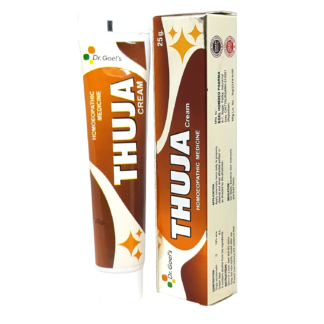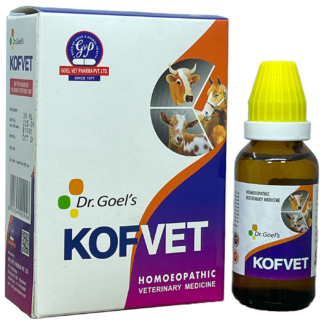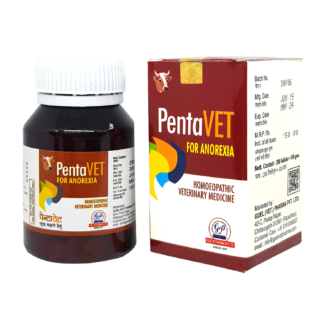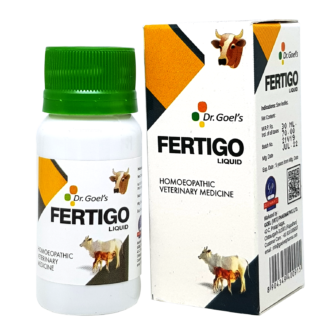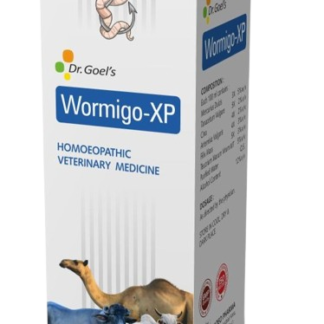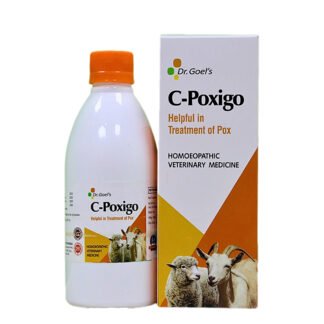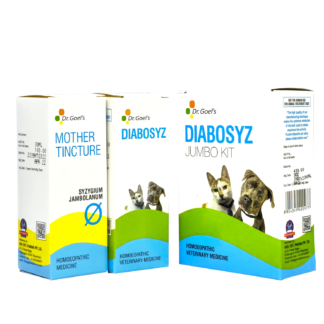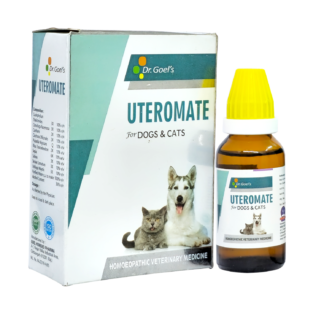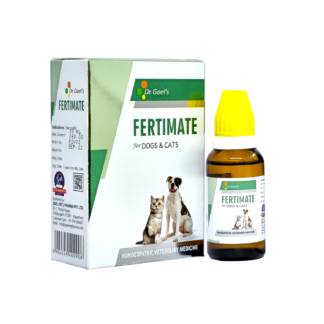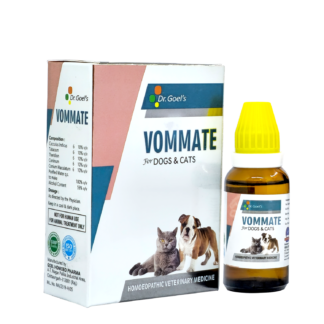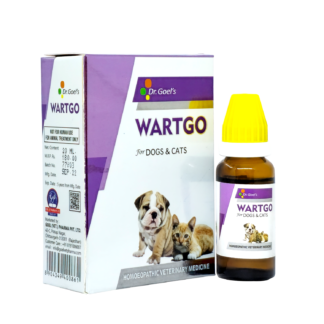Internal Parasites (Worms, Flukes)
Internal parasites, including gastrointestinal worms and liver flukes, are common in Punganur cows and can significantly impact their health and productivity.
Symptoms:
· Weight loss and poor body condition
· Diarrhea
· Anemia and pale mucous membranes
· Decreased milk production
· Poor growth rates in young animals
Transmission:
· Ingestion of parasite eggs or larvae from contaminated pasture or water
Prevention and Control:
· Deworming: Regular deworming with appropriate anthelmintics based on fecal egg count monitoring.
· Pasture Management: Rotate pastures to reduce parasite load and avoid overgrazing.
· Hygiene: Maintain clean water sources and reduce fecal contamination in the environment.
External Parasites (Ticks, Lice, Mites)
External parasites, such as ticks, lice, and mites, can cause significant discomfort and health problems in Punganur cows.
Symptoms:
· Itching and scratching
· Hair loss and skin lesions
· Anemia and weight loss in severe infestations
· Transmission of other diseases (e.g., babesiosis by ticks)
Transmission:
· Direct contact with infested animals
· Environmental contamination
Prevention and Control:
· Regular Inspection: Regularly inspect animals for signs of external parasites and take appropriate action.
· Topical Treatments: Use topical insecticides and acaricides to control external parasites.
· Environmental Control: Treat the environment and housing to reduce parasite load.
Trypanosomiasis
Trypanosomiasis, also known as Surra, is a parasitic disease caused by Trypanosoma evansi, which is transmitted by biting flies. It affects the blood and various organs, leading to chronic wasting and death if untreated.
Symptoms:
· Intermittent fever
· Anemia and pale mucous membranes
· Swelling of the lymph nodes
· Weight loss and emaciation
· Weakness and lethargy
Transmission:
· Bites from infected flies, particularly Tabanid flies (horseflies) and Stomoxys (stable flies)
Prevention and Control:
· Vector Control: Implement measures to control fly populations, such as insecticide-treated nets and fly traps.
· Chemoprophylaxis: Use prophylactic drugs to prevent infection in high-risk areas.
· Regular Monitoring: Monitor animals for signs of trypanosomiasis and treat promptly.
Nutritional and Metabolic Diseases
Bloat
Bloat is a condition where gas accumulates in the rumen, leading to distension and discomfort. It can be life-threatening if not treated promptly.
Types of Bloat:
· Frothy Bloat: Caused by the ingestion of lush legumes or young cereal crops, leading to the formation of stable foam in the rumen.
· Free Gas Bloat: Caused by the inability to expel gas due to physical obstruction or motility issues.
Symptoms:
· Distended left flank
· Discomfort and restlessness
· Difficulty breathing
· Sudden death in severe cases
Ketosis
Ketosis, also known as acetonemia, is a metabolic disorder that occurs when there is an energy deficit, leading to the accumulation of ketone bodies in the blood.
Symptoms:
· Reduced appetite and milk production
· Weight loss
· Sweet-smelling breath (acetone)
· Lethargy and weakness
· Nervous signs in severe cases
Prevention and Control:
· Nutritional Management: Ensure a balanced diet with adequate energy during late gestation and early lactation. Provide propylene glycol or other energy supplements if necessary.
· Monitor Body Condition: Maintain an appropriate body condition score to avoid excessive fat mobilization.
Milk Fever (Hypocalcemia)
Milk Fever, or hypocalcemia, is a metabolic disorder caused by low blood calcium levels, usually occurring around calving.
Symptoms:
· Staggering gait and difficulty standing
· Muscle tremors and weakness
· Cold ears and dry muzzle
· Recumbency (lying down) and inability to rise
· Death if untreated
Prevention and Control:
· Diet Management: Provide a balanced diet with appropriate calcium levels during the dry period. Use low-calcium diets or anionic salts to stimulate calcium mobilization.
· Calcium Supplements: Administer oral or injectable calcium supplements around calving.
Grass Tetany (Hypomagnesemia)
Grass Tetany, or hypomagnesemia, is a metabolic disorder caused by low blood magnesium levels, typically occurring in lactating cows grazing on lush, rapidly growing pastures.
Symptoms:
· Muscle twitching and tremors
· Incoordination and staggering gait
· Aggression and excitability
· Recumbency and convulsions
· Death if untreated
Prevention and Control:
· Diet Management: Provide magnesium supplements through mineral blocks, licks, or in feed.
· Pasture Management: Avoid grazing on high-risk pastures during peak lactation periods.
Acidosis
Acidosis is a metabolic disorder caused by the overconsumption of rapidly fermentable carbohydrates, leading to a drop in rumen pH.
Symptoms:
· Decreased feed intake and weight loss
· Diarrhea
· Lethargy and depression
· Laminitis (founder) in chronic cases
· Death in severe cases
Prevention and Control:
· Diet Management: Avoid sudden changes in diet and provide adequate fiber to stimulate rumination. Gradually introduce high-energy feeds.
· Buffer Supplements: Provide bicarbonate or other buffering agents to maintain rumen pH.
· Acidosis can lead to significant production losses and health issues if not managed promptly. Proper diet management and monitoring are essential to prevent acidosis. Early detection and appropriate treatment are critical to reducing the impact of the disease.

 Australian Shepherd
Australian Shepherd Beagle
Beagle Belgium Shepherd
Belgium Shepherd Bernese Mountain Dog
Bernese Mountain Dog Border Collie
Border Collie Boxer
Boxer Bulldog
Bulldog Cavalier King Charles Spaniel
Cavalier King Charles Spaniel Chihuahua
Chihuahua Cocker Spaniel
Cocker Spaniel Dachshund
Dachshund Doberman Pinscher
Doberman Pinscher Dogo Argentino
Dogo Argentino French Bulldog
French Bulldog German Shepherd
German Shepherd Golden Retriever
Golden Retriever Great Dane
Great Dane Himalayan Shepherd
Himalayan Shepherd Indie Dogs
Indie Dogs Labrador Retriever
Labrador Retriever Pakistani Bully
Pakistani Bully Pembroke Welsh Corgi
Pembroke Welsh Corgi Pitbull
Pitbull Pomeranian
Pomeranian Poodle
Poodle Pug
Pug Rottweiler
Rottweiler Shih Tzu
Shih Tzu Siberian Husky
Siberian Husky Yorkshire Terrier
Yorkshire Terrier Australian Shepherd
Australian Shepherd Beagle
Beagle Belgium Shepherd
Belgium Shepherd Bernese Mountain Dog
Bernese Mountain Dog Border Collie
Border Collie Boxer
Boxer Bulldog
Bulldog Cavalier King Charles Spaniel
Cavalier King Charles Spaniel Chihuahua
Chihuahua Cocker Spaniel
Cocker Spaniel Dachshund
Dachshund Doberman Pinscher
Doberman Pinscher Dogo Argentino
Dogo Argentino French Bulldog
French Bulldog German Shepherd
German Shepherd Golden Retriever
Golden Retriever Great Dane
Great Dane Himalayan Shepherd
Himalayan Shepherd Indie Dogs
Indie Dogs Labrador Retriever
Labrador Retriever Pakistani Bully
Pakistani Bully Pembroke Welsh Corgi
Pembroke Welsh Corgi Pitbull
Pitbull Pomeranian
Pomeranian Poodle
Poodle Pug
Pug Rottweiler
Rottweiler Shih Tzu
Shih Tzu Siberian Husky
Siberian Husky Yorkshire Terrier
Yorkshire Terrier Abyssinian
Abyssinian American Bobtail
American Bobtail American Shorthair
American Shorthair Balinese Cat
Balinese Cat Bengal Cat
Bengal Cat Birman
Birman Bombay Cat
Bombay Cat British Longhair
British Longhair British Shorthair
British Shorthair Burmese Cat
Burmese Cat Devon Rex
Devon Rex Exotic Shorthair
Exotic Shorthair Himalayan Cat
Himalayan Cat Maine Coon
Maine Coon Oriental Shorthair
Oriental Shorthair Persian Cats
Persian Cats Ragdoll
Ragdoll Scottish Fold
Scottish Fold Siamese Cat
Siamese Cat Siberian Cat
Siberian Cat Sphynx Cat
Sphynx Cat



















